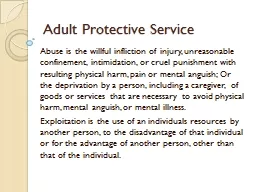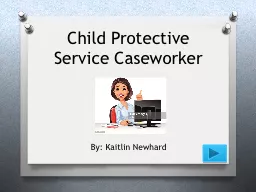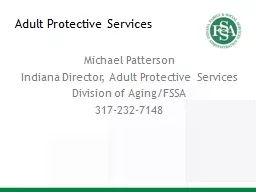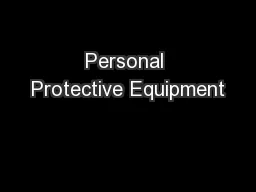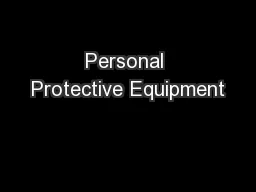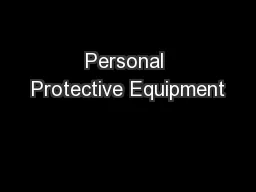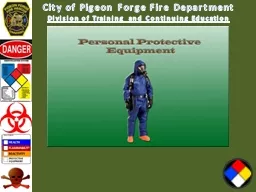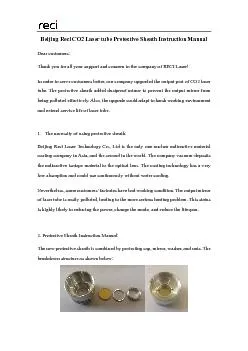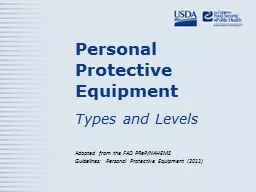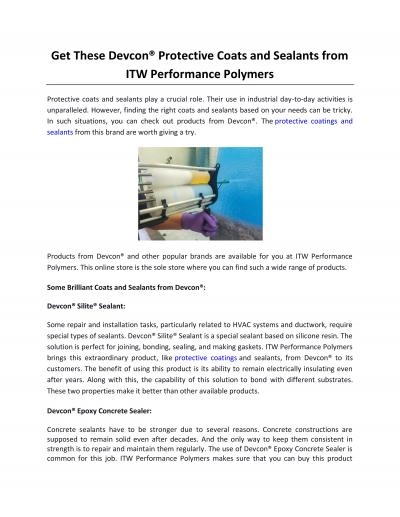PPT-Adult Protective Service
Author : ellena-manuel | Published Date : 2015-10-16
Abuse is the willful infliction of injury unreasonable confinement intimidation or cruel punishment with resulting physical harm pain or mental anguish Or the deprivation
Presentation Embed Code
Download Presentation
Download Presentation The PPT/PDF document "Adult Protective Service" is the property of its rightful owner. Permission is granted to download and print the materials on this website for personal, non-commercial use only, and to display it on your personal computer provided you do not modify the materials and that you retain all copyright notices contained in the materials. By downloading content from our website, you accept the terms of this agreement.
Adult Protective Service: Transcript
Download Rules Of Document
"Adult Protective Service"The content belongs to its owner. You may download and print it for personal use, without modification, and keep all copyright notices. By downloading, you agree to these terms.
Related Documents

